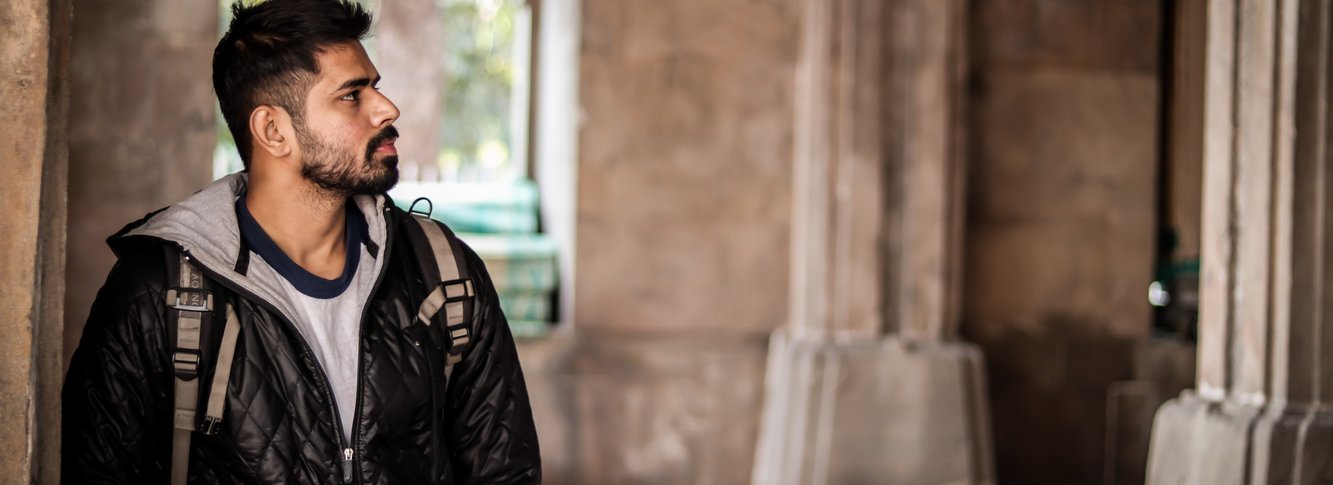| 5 mins read
It might at first seem odd to describe anti-Muslim bigotry in India as a species of racism. While scholarly analyses have challenged the idea that racism is exclusively about skin color or other visible features and that it always involves views about biological inferiority, many people still connect the term with these notions. Racism requires that the group against whom it is directed be perceived as a ‘race’ – if not on the basis of physical appearance, then at least as a group with a common ancestry.
Muslims in India fit neither of these perceptions. Their bodily features are not different from those of other Indians, and they are not seen as a distinct ethnic group.
Nonetheless, there are good reasons to describe Islamophobia in India at the current time as racism, given the kinds of prejudice, disadvantage, and discrimination they face. For instance, one can see family resemblances between the situation of Indian Muslims and that of African Americans, a clearly racialized group. In comparison with the majority populations in their respective countries, Indian Muslims and African Americans have lower average incomes and household wealth, suffer from employment and housing discrimination, and are the targets of discriminatory and violent policing. In both cases, moreover, the inequalities result partly from ongoing patterns of discrimination and partly from inherited disadvantages passed on over generations.
The fact that Indian Muslims are identified by religion rather than physical features does not, on its own, preclude classifying discrimination against them as racism. Religions can be racialized, as in the case of Western Islamophobia and anti-semitism. Tariq Modood describes these two types of antipathy as ‘Europe’s oldest racisms’, noting that they are ‘culturalist’, in that neither has been based on beliefs about the biology of Jews or Muslims. They are based on the sense that the group has an essential inferior or villainous nature shared by all or most of its individuals, along with the mobilisation of this picture to support oppressive practices within unequal relations of power.
Anti-semitism combined with biological racism with toxic results in Nazi Germany, of course, but the attitudes underlying the Nazi racialisation of Jews both pre- and post-date this historical period.
There are alarming echoes of Nazi propaganda in representations of Muslims in India at present. They have been accused of waging campaigns to seduce Hindu women (‘love jihad’) and of deliberately spreading disease during the covid pandemic (‘corona jihad’). Such accusations circulate on social media as well as on popular television news channels, along with calls to boycott Muslim businesses.
The Home Minister of India publicly referred to Bangladeshi migrants as ‘termites.’ Hindu nationalist ideology recounts a history in which Muslims were violent invaders who sought to destroy Hindu civilisation and are now a fifth column preparing to dominate India and suppress Hindus as they allegedly did before. The similarities between this exclusivist nationalism and Nazism are not coincidental. The political ideology of ‘Hindutva,’ asserting that India is and should be an exclusively Hindu nation, is historically entangled with European fascism. Eviane Leidig traces its early links with Italian fascism and German Nazism, arguing that Hindutva is not a religious phenomenon but ‘the politicization of religion in which being Hindu is equated with an ethno-nationalist identity.’ This mono-identity nationalism operates in India in much the same way that anti-immigrant white nationalism does in Western countries, with Muslims represented as permanent foreigners. Its goal is Hinduisation of the country through the disappearance of Muslims qua Muslims and the elimination of Muslimness as part of India’s cultural fabric.
Thus, the patterns of prejudice Indian Muslims face are best analysed through the lens of racism, even though they lack some features typically associated with racism in the West, such as being colour-coded or inextinguishably tied to lineage.
To propose racism as an accurate diagnosis of the problem, moreover, is also to suggest particular kinds of remedy. Muslims are recognized as a religious community by the Indian state, under a pluralistic model of secularism that grants religious communities jurisdiction over matters such as divorce and inheritance in the form of 'personal laws'. This has done nothing to improve the socioeconomic status of Muslims, however, or to address discrimination.
A model of multiculturalism that is attentive to racism would more accurately capture the situation of Muslims in India and the measures needed to achieve genuine equality. Muslims certainly must be included in the idea of the nation, but the best way to further this aim is through measures that improve material welfare and counter racism: anti-discrimination in housing, education, policing and employment; affirmative action to decrease socioeconomic inequalities; and greater representation in public and political bodies.
Need help using Wiley? Click here for help using Wiley







